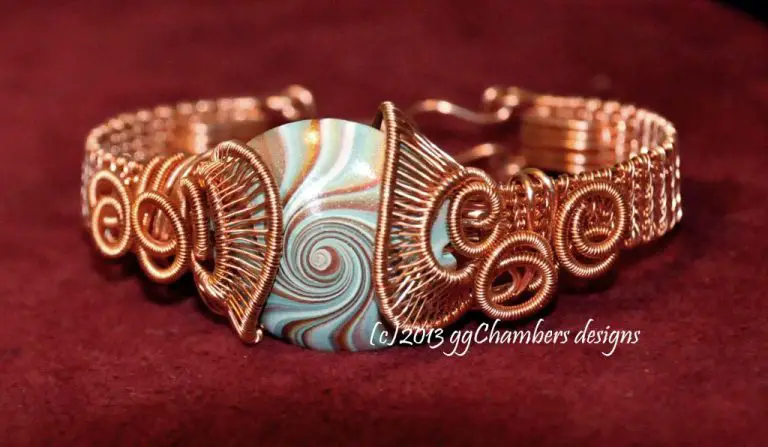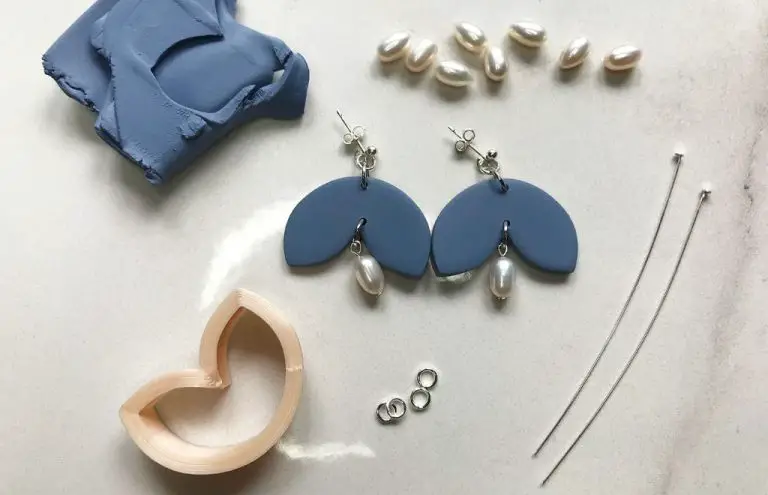Can Clay Diyas Be Reused?
What are clay diyas?
Clay diyas are small earthen lamps traditionally made in India for religious and festive purposes. The word “diya” comes from the Sanskrit word “deepa” meaning lamp or light. Diyas are an integral part of many Hindu festivals and celebrations such as Diwali, the festival of lights.
Clay diyas hold religious and spiritual significance in Hindu culture. Lighting a diya symbolizes the triumph of light over darkness, good over evil, and knowledge over ignorance. Diyas are lit to worship various deities and during rituals, ceremonies, and auspicious occasions.
Traditional clay diyas are handcrafted from clay, often with decorative patterns and designs. Common types of clay used include terracotta, red clay, gray clay, and white clay. Terracotta diyas with an orange-red hue are the most popular. The clay is shaped into a cup-like structure with a wide base, short stem-like neck, and an opening to hold oil or ghee to fuel the flame.
Can they be reused?
Yes, clay diyas can be reused with some care and preparation. While they are designed for single use, clay is a durable material that allows diyas to be used multiple times if handled properly.
Fresh, unused diyas can often be lit and reused as-is, provided they did not get overly saturated with oil or other fuels during the first use. However, used diyas with hardened oil, soot deposits, or small cracks will require some cleaning or minor repairs before lighting them again.
So while pristine clay diyas may get multiple uses before needing intervention, most used diyas will need at least some minor surface cleaning or touch ups before being suitable for reuse.
Cleaning clay diyas
Cleaning is an essential first step when reusing old clay diyas. Any wax remnants, dirt, dust or debris need to be fully removed from the diya before refinishing or redecorating it.
Start by removing any hardened wax or oil residue from previous puja ceremonies. Use a soft cloth to gently rub away visible wax buildup. For stubborn wax areas, you can try carefully scraping with a dull knife or soak the diya in warm water to loosen wax. Avoid using any harsh chemical cleaners.
Next, wash the diya thoroughly with mild soap and water. Use a soft sponge or cloth to gently scrub the entire surface and crevices of the diya. Make sure to rinse away all soap residue. Allow the diya to fully air dry before moving to the next steps of reusing it.
Proper cleaning will provide a fresh, blank canvas for repainting or refinishing the clay diya for continued use in future celebrations and prayers.
Repairing cracks and chips
Clay diyas can develop small cracks and chips with repeated use and handling over time. Thankfully, repairing minor damage is quite easy with basic supplies.
To fill in cracks or chips, make your own clay slip by mixing a small amount of clay powder with water to create a thick, spreadable paste. Apply the clay slip directly into the damaged areas using your fingers or a small spatula. Press firmly to fill in gaps and smooth the slip flush with the diya surface.
Avoid over-repairing cracks and chips in antique or handmade diyas, as this takes away from their vintage look and character. The goal is just to repair structural damage, not achieve a flawless appearance.
Allow the clay slip to dry fully before refinishing or reusing the diya. With this simple fix, your treasured clay diyas can continue lighting up your home for many more special occasions.
Refinishing Clay Diyas
If your clay diyas have become faded, chipped, or scratched over time, you can give them a fresh new look by refinishing them. Here are some tips for refinishing clay diyas:
Start by lightly sanding the diya’s surface with fine grit sandpaper. This will smooth out any rough spots and help the new paint adhere better. Be gentle so you don’t sand away too much of the clay. Wipe away any dust with a dry cloth when you’re done sanding.
Next, apply 1-2 thin coats of acrylic craft paint in your desired color. Make sure to let each coat dry fully before adding another. Acrylic paints work well for clay crafts because they flex as the clay expands and contracts with temperature changes.
If you want to decorate your diya with traditional designs, you can use acrylic paint pens, puffy fabric paint, or even permanent markers to draw dots, lines, flowers, etc. Get creative with patterns and colors!
Finally, consider applying a sealant like polyurethane over the paint if you want more durability and shine. This will help protect the paint from scratches, fading, and water damage over time.
With a fresh coat of paint and some creativity, you can give your old clay diyas a brand new look! Refinishing allows you to reuse these eco-friendly diyas for many more years.
Storing clay diyas properly
After the diyas have been cleaned and refinished, proper storage is important to keep them in good condition for the next use. Here are some tips for storing clay diyas:
Store them in a cool, dry place. Avoid very humid environments that could cause the clay to degrade or warp over time. A cupboard or shelving unit away from direct sunlight is ideal. The temperature should remain relatively stable.
Avoid stacking the diyas. Stacked directly on top of one another, the weight can cause chips, cracks, and breaks. Instead, line them with cloth or paper and keep each diya separate if possible. If stacking is necessary, add cushioning between each one.
With proper storage precautions, well-made clay diyas can be reused many times over. Keep them away from moisture, sunlight, and damage to retain their condition and quality for the next holiday or celebration.
When to Discard Clay Diyas
While clay diyas can typically withstand years of reuse with proper care, there comes a point when they become too damaged to salvage. Knowing when a clay diya has reached the end of its lifespan can prevent wasted effort trying to revive one that is beyond repair.
Signs that a clay diya should be discarded include:
- Severe cracks, chips or breaks that compromise the structure integrity of the diya. If a diya has cracked fully in half or shattered into multiple pieces, it likely cannot be repaired.
- Deep stains that fail to come out after multiple cleaning attempts. Some stains can permeate the clay permanently.
- Warping or deformities in the original shape that prevent the diya from sitting level.
- Contamination with chemicals, oils or other non-porous substances that alter the clay. These can leach toxins when lit or create foul smells.
- Repeated failures after re-firing or re-sealing the diya multiple times.
If a diya exhibits any of these extreme forms of damage, it’s best to retire it and properly dispose rather than continuing to invest effort into a lost cause.
Eco-friendly disposal
If your clay diyas are damaged beyond repair, there are a few eco-friendly ways to dispose of them:
Break and bury in soil – Made of natural clay, diyas can decompose when buried in soil. Break the diyas into smaller pieces and bury them in your garden, yard, or a potted plant. The clay will break down over time and act as a fertilizer for your plants.
Compost if unpainted – For completely natural, unpainted clay diyas, add broken pieces to your compost pile. Small chips will break down into beneficial nutrients for the compost. Avoid composting painted or decorated diyas, as the paints and dyes may contain toxins.
Benefits of Reusing Clay Diyas
There are several benefits to reusing clay diyas rather than discarding them after one use. Reusing diyas has cost-savings, environmental benefits, and helps preserve traditions.
Reusing clay diyas year after year saves money since you don’t have to buy new ones every year. Diyas can be used for many years if properly cleaned and stored. This reduces the cost of celebrating festivals that use diyas like Diwali.
Reusing diyas is also an eco-friendly practice. Since clay diyas are made from natural materials like clay and soil, they are biodegradable. However, if used just once and discarded, they end up in landfills as waste. Reusing them reduces waste and environmental impact.
Finally, reusing diyas helps preserve cultural and spiritual traditions. Lighting diyas is an integral part of festivals like Diwali. Discarding them after one use means losing a bit of this tradition every year. But reusing diyas preserves this tradition for many years and passes it on to future generations.
Conclusion
Clay diyas can often be reused if properly cleaned and stored. With some minor repairs and refinishing, their lifespan can be extended for years. The key is being mindful – inspect each diya after use and determine if it’s still sturdy enough for reuse. Repair any chips and cracks, give it a fresh coat of paint or stain if needed, and store properly to avoid further damage.
Reusing clay diyas is an eco-friendly practice that reduces waste and keeps with their intention as ritual objects. As you light your diyas year after year, let the flame shine brightly as a symbol of renewal and rebirth. With each seasonal celebration, may the practice of mindful reuse spark joy and connection.


